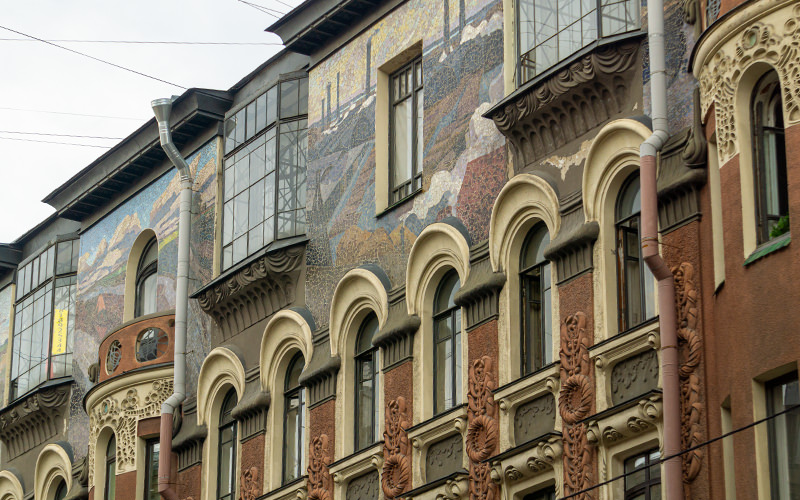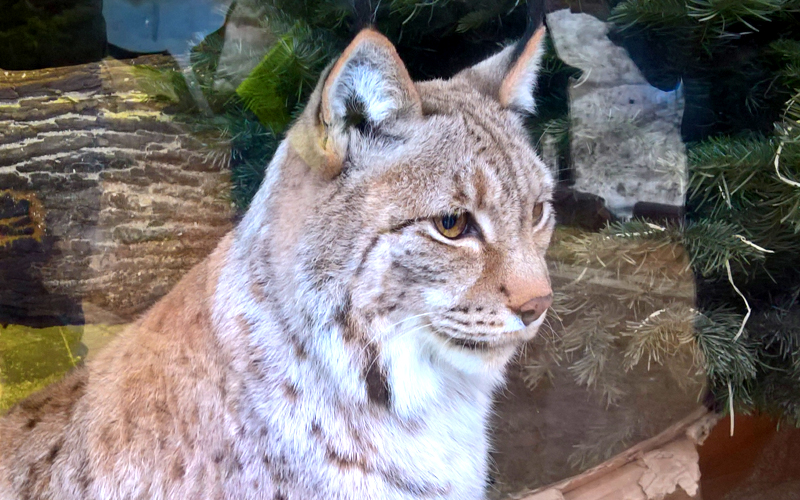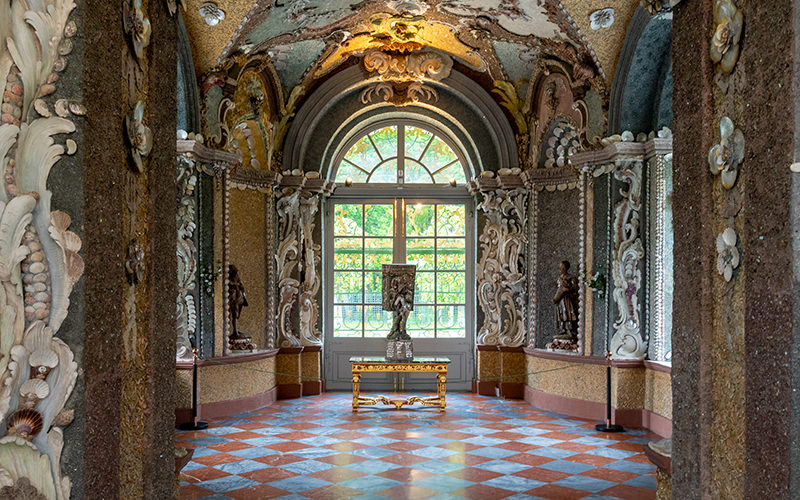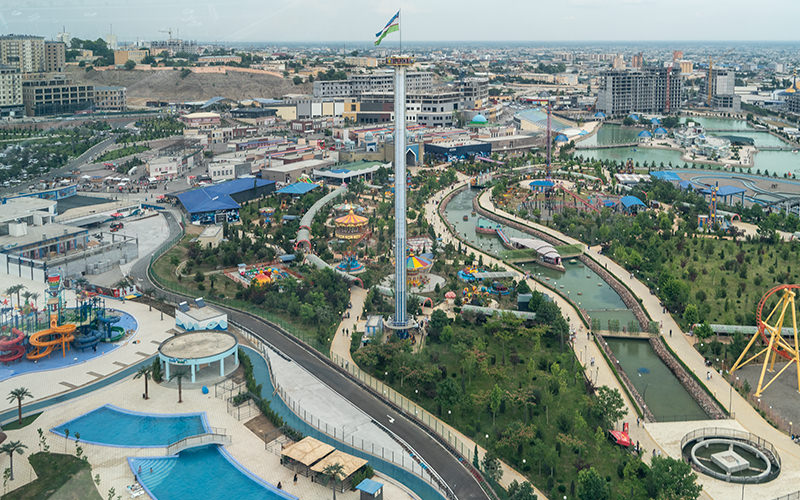In May, the colorful Flower Festival opened in Namangan, Uzbekistan. This year, it runs from May 19 to June 23. Namangan is the second-largest city in the country by population, though it is not as well-known to tourists as ancient Bukhara or vibrant Samarkand. After seeing photos from previous years, I decided to visit and capture the vibrant colors of the festival while also getting to know a new city.
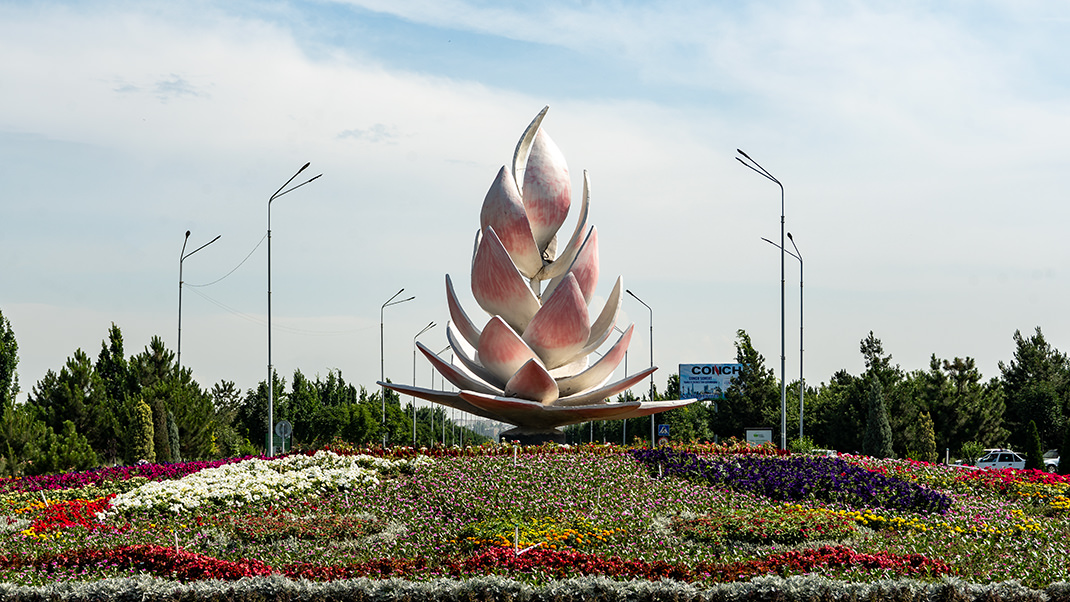
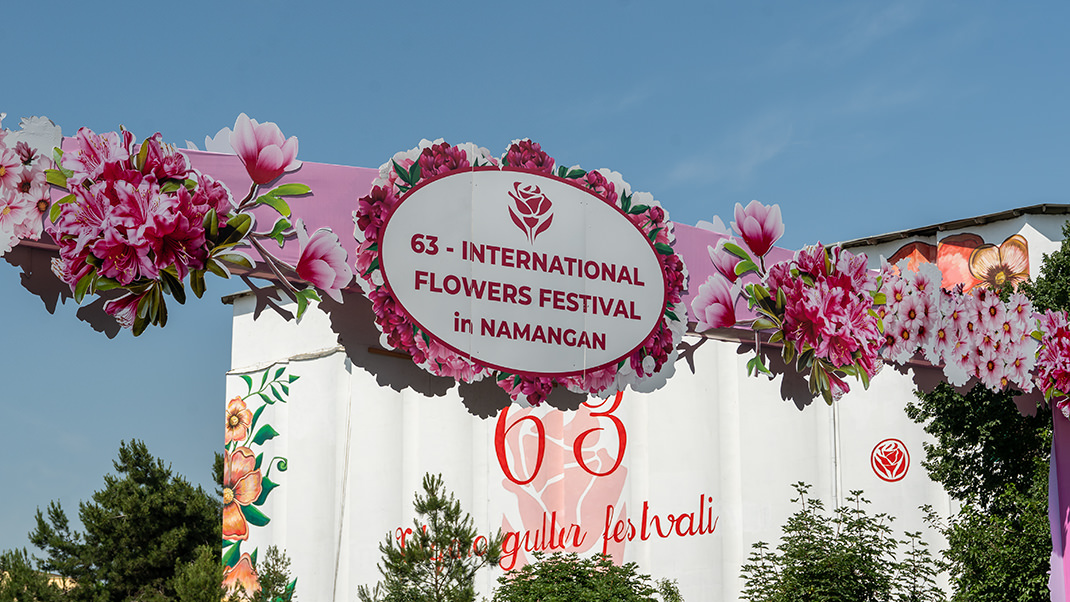
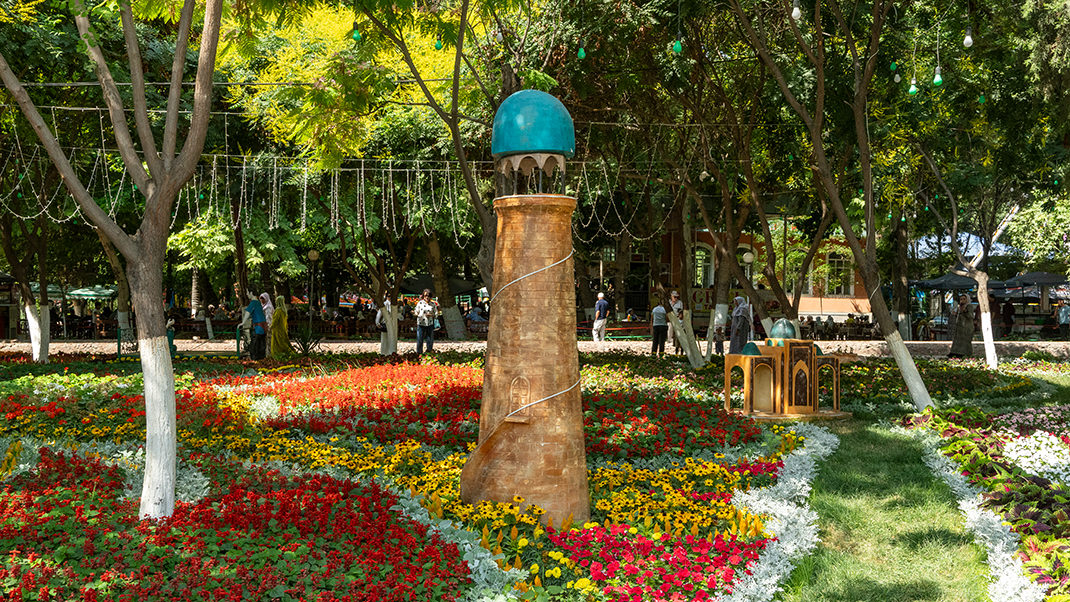
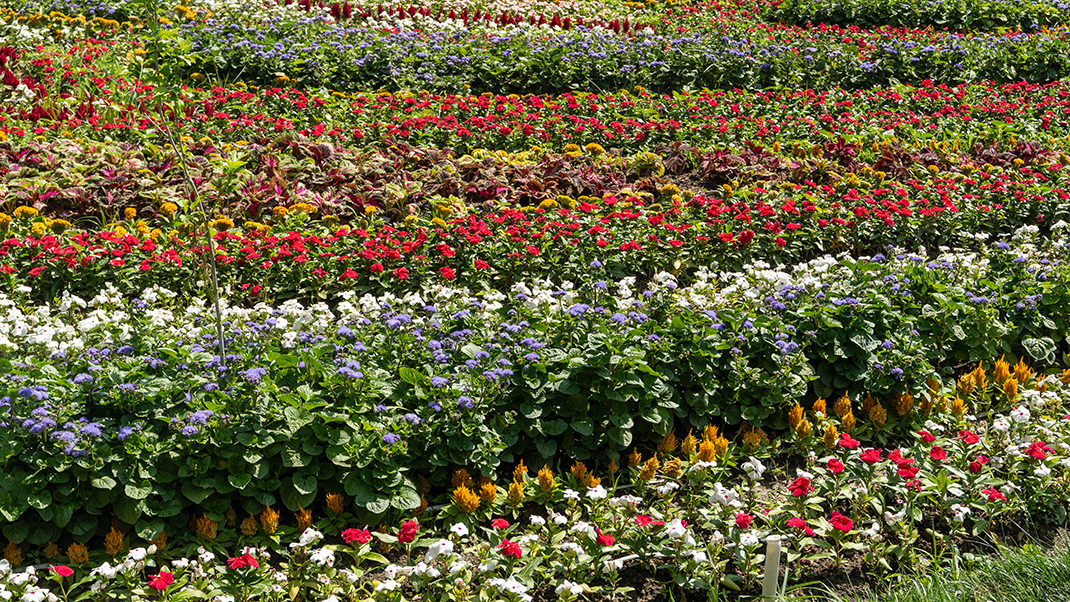
Namangan: The Floral Capital of Uzbekistan
I planned my trip to arrive at the festival in the morning and return to Tashkent in the evening. The morning flight from Uzbekistan Airways departed for Namangan at 8:05, and I returned to the capital at 23:45. This was the shortest flight I’ve ever taken: we were in the air for only 28 minutes. Trips to events like this should be planned in advance; reports online mention that organizers expect up to 200,000 foreign tourists from 40 countries to attend this year’s festival.
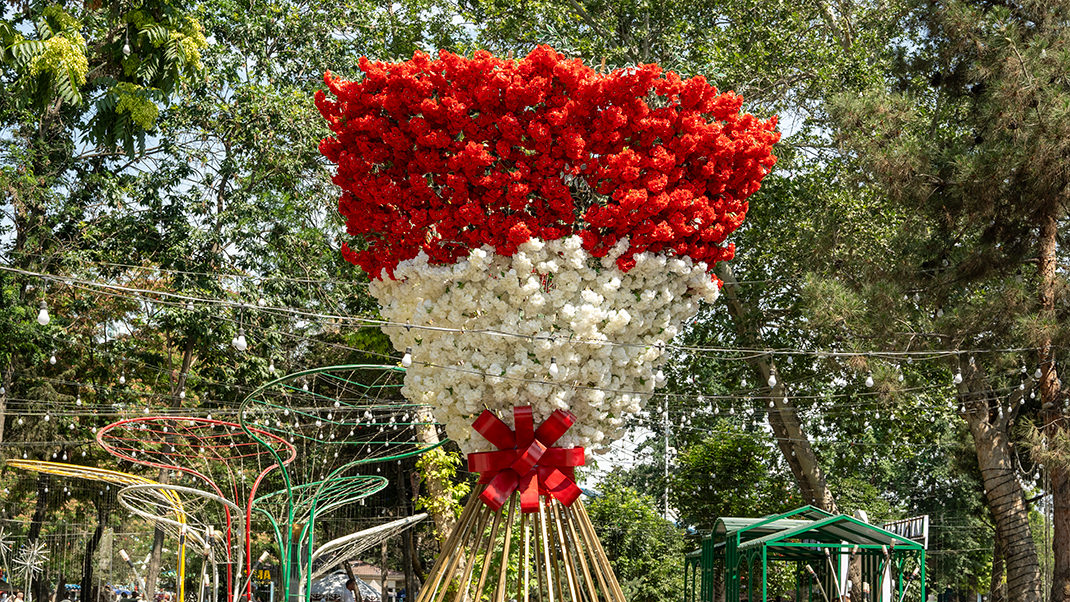
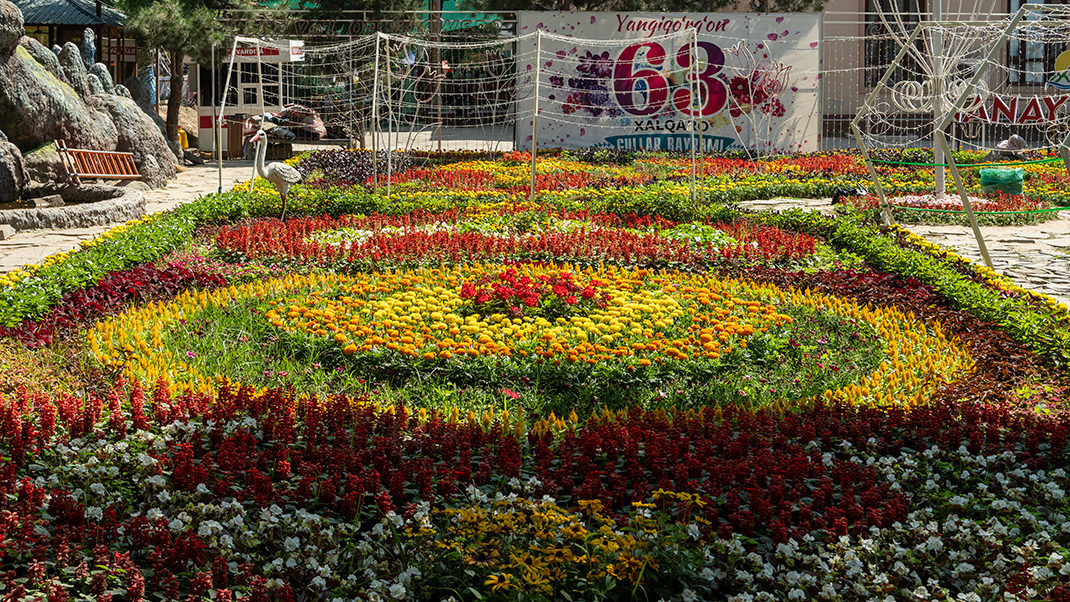
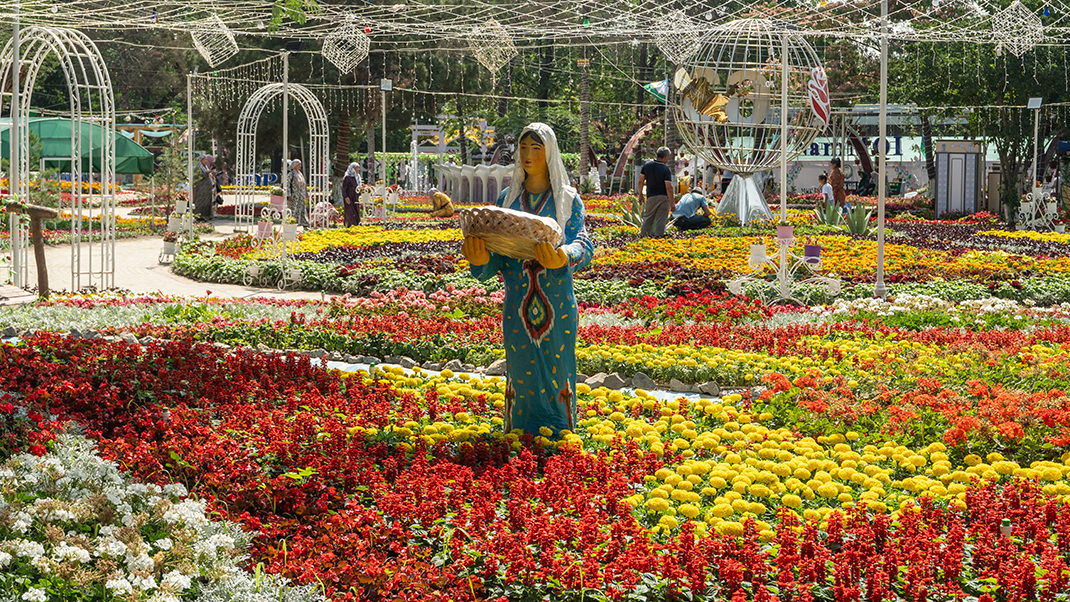
The Flower Festival in Namangan has been held for the 63rd time. On the opening day, a convoy of over 200 flower-decorated cars paraded through the city.
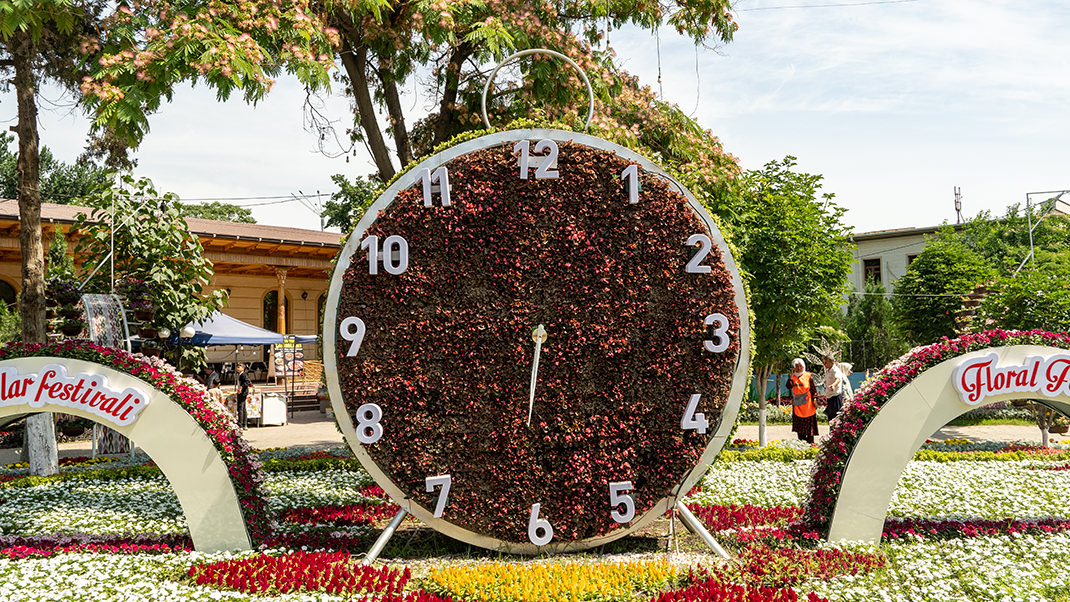
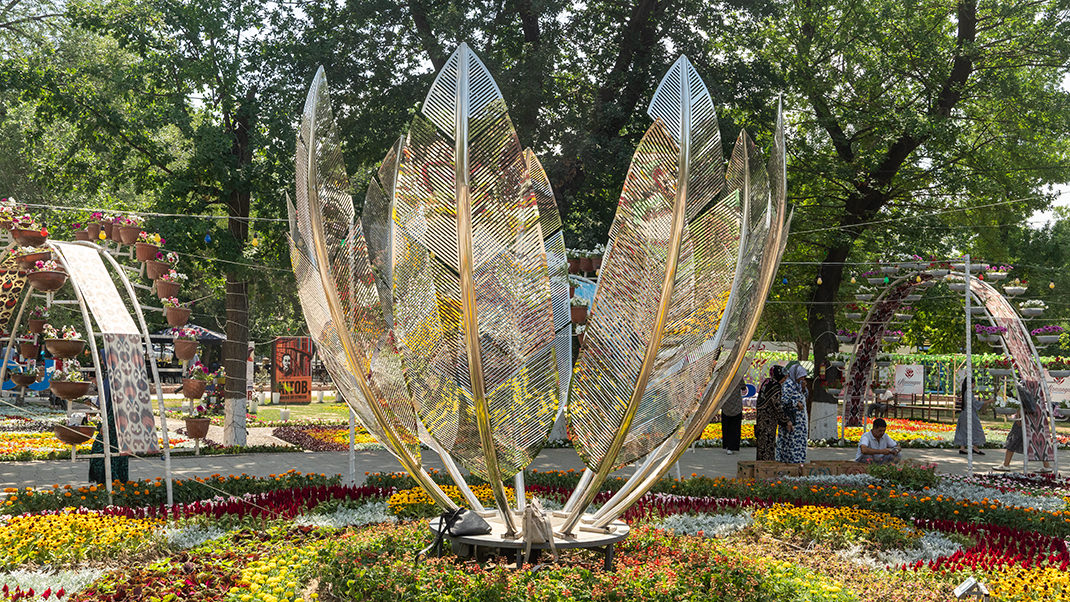
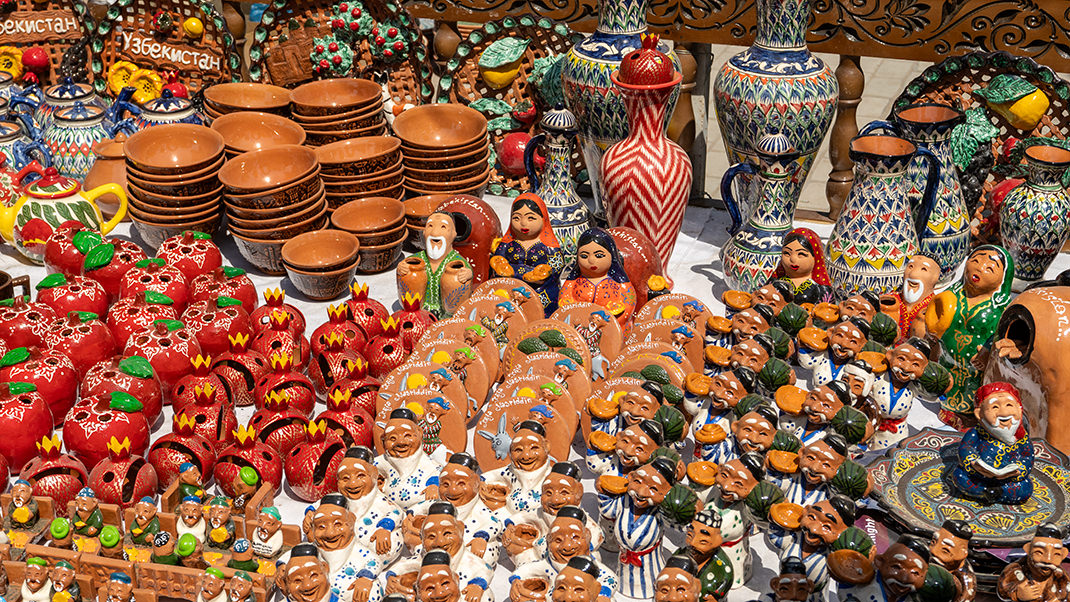
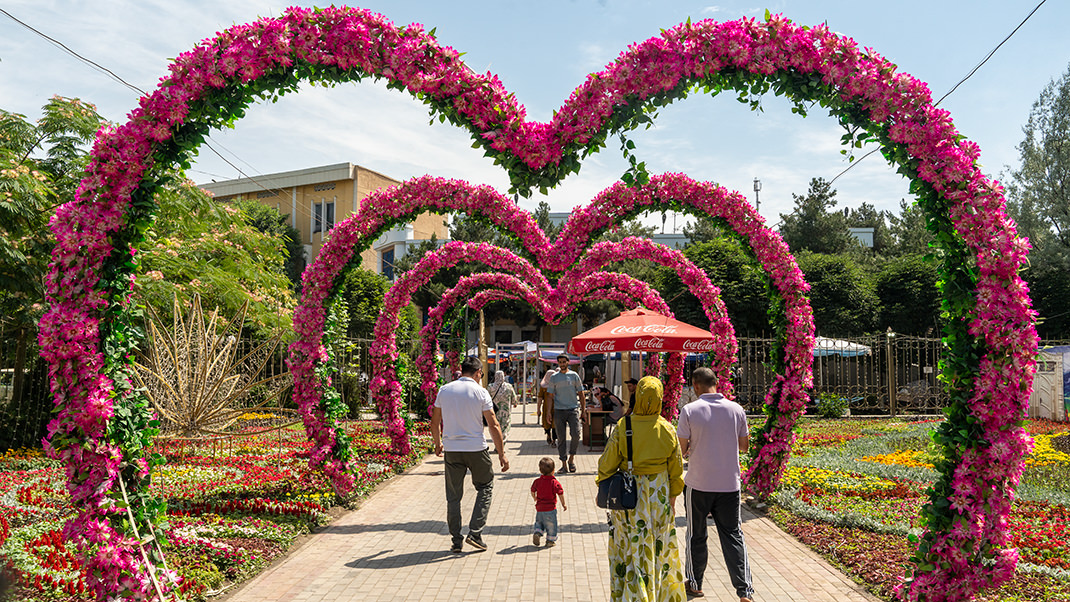
A Riot of Colors at the Flower Festival
The main venue of the Flower Festival is Babur Park of Culture and Recreation. During the festival, the park’s entire area is covered with a vibrant carpet of flowers. Various installations can be found throughout the park: giant floral clocks, flower arches, and figures of local residents amidst floral fields. Entry to the park is free.
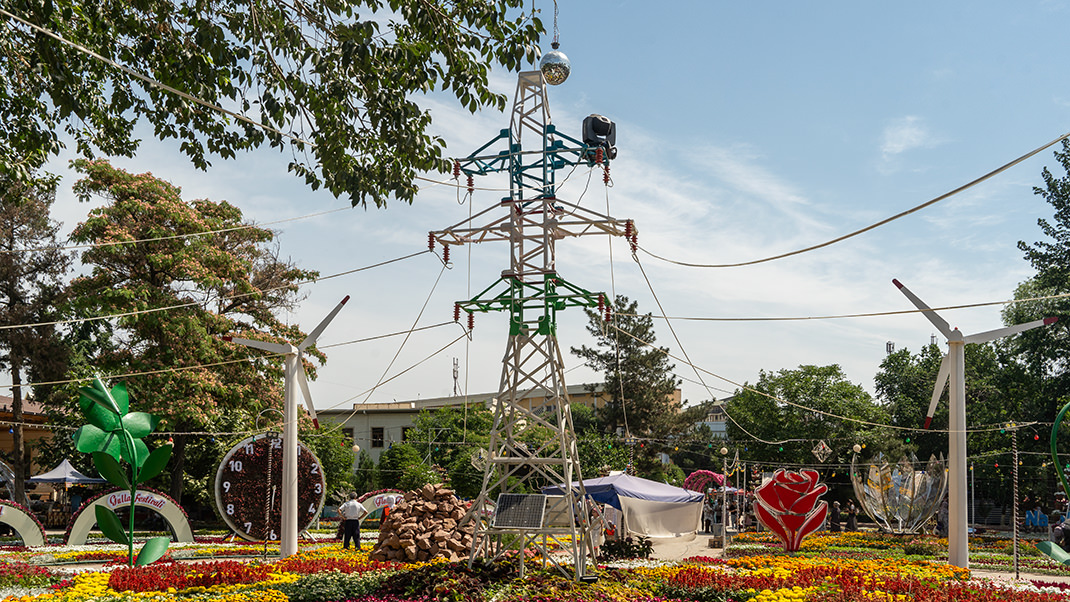
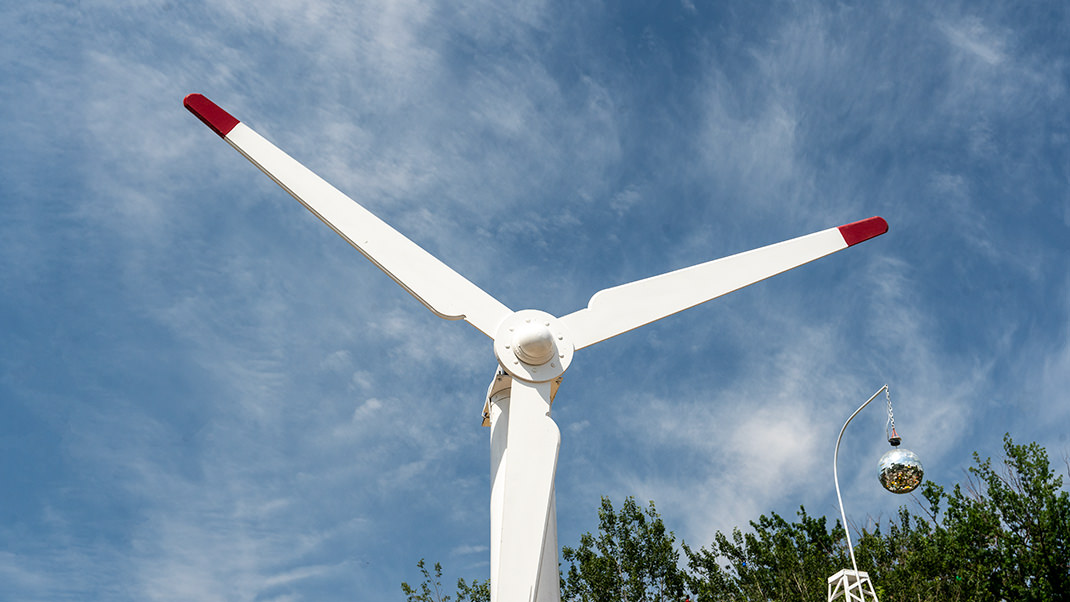
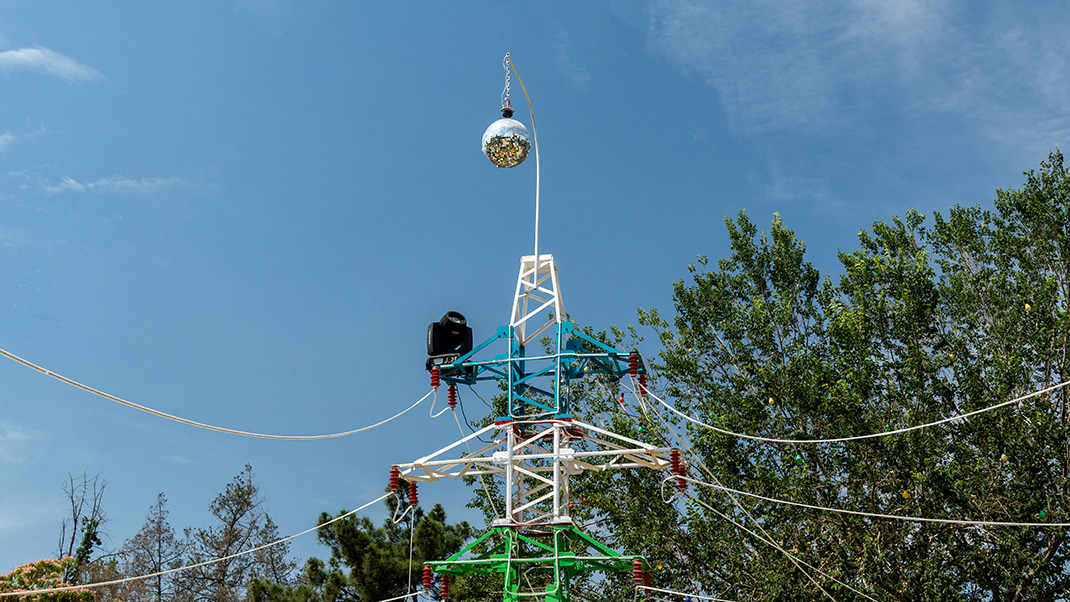
The central part of the park features an exhibit dedicated to alternative energy sources. Among the floral compositions are solar panels and wind turbines. This installation is no coincidence; in recent years, Uzbekistan has paid increasing attention to environmental issues. The transition to alternative energy sources is logical for the country, with Namangan itself experiencing up to 22 sunny days per month.
Interestingly, Uzbekistan has a "Solar Home" program where residents can install solar panels on their homes and receive subsidies for each kilowatt-hour transferred to the national energy system. Local officials contribute to environmental conservation too. A “Car-Free Day” is held monthly, where ministers and other officials commute to work using bicycles, metro, or buses. Photo reports of these events frequently appear on social media accounts.
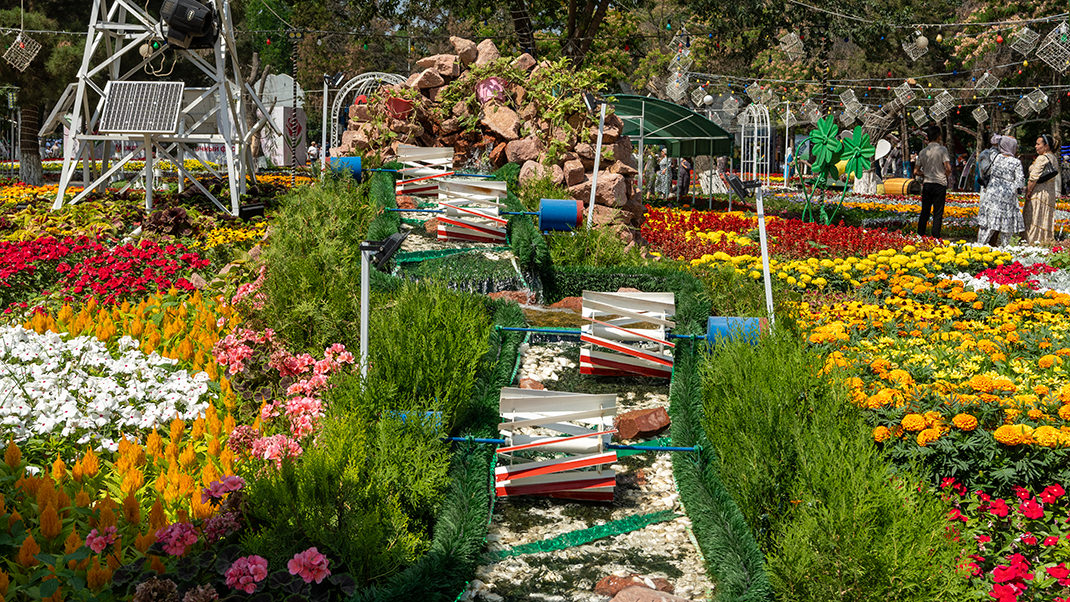
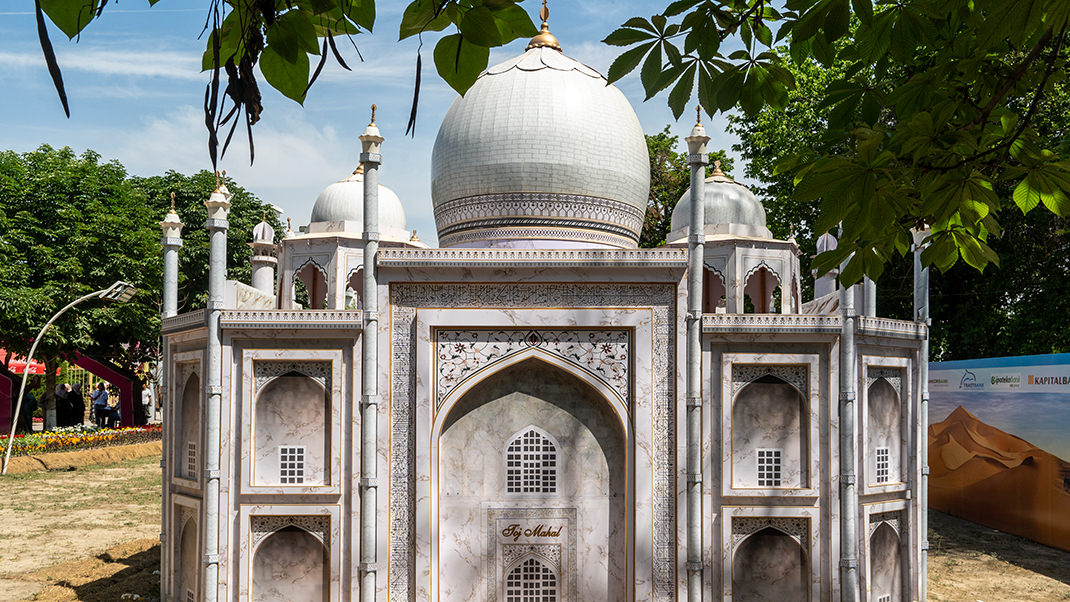
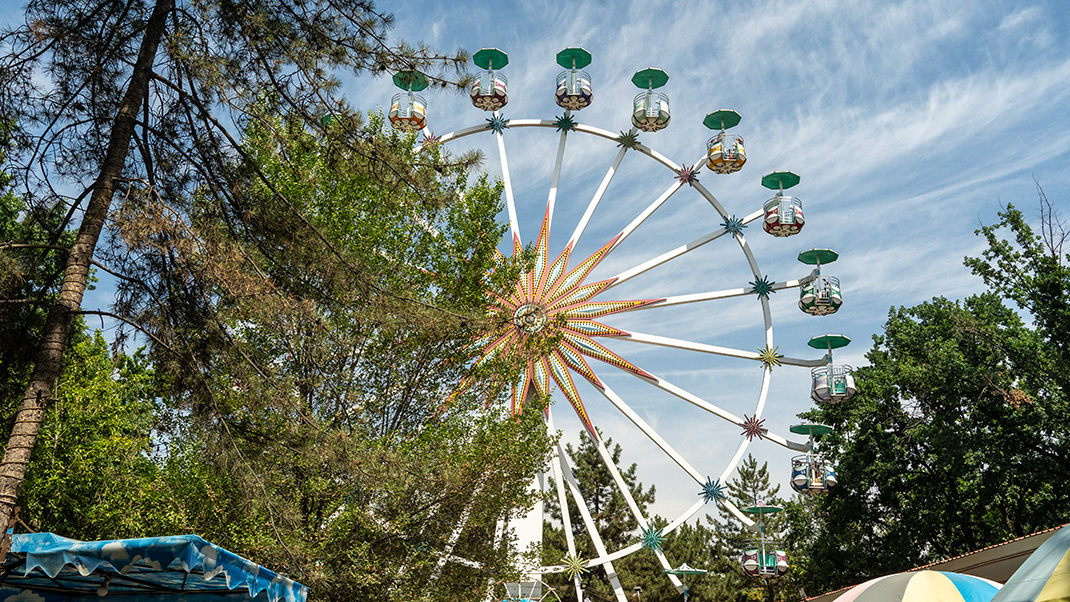
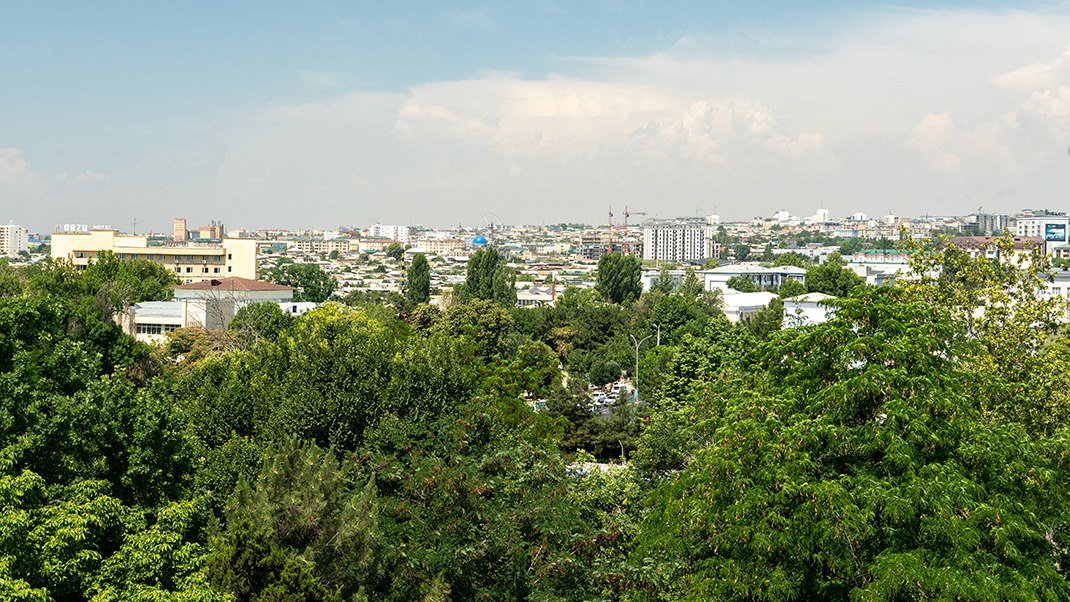
Continuing the walk through the park, there are both festival-specific installations and regular attractions. Some rides likely date back to Soviet times.
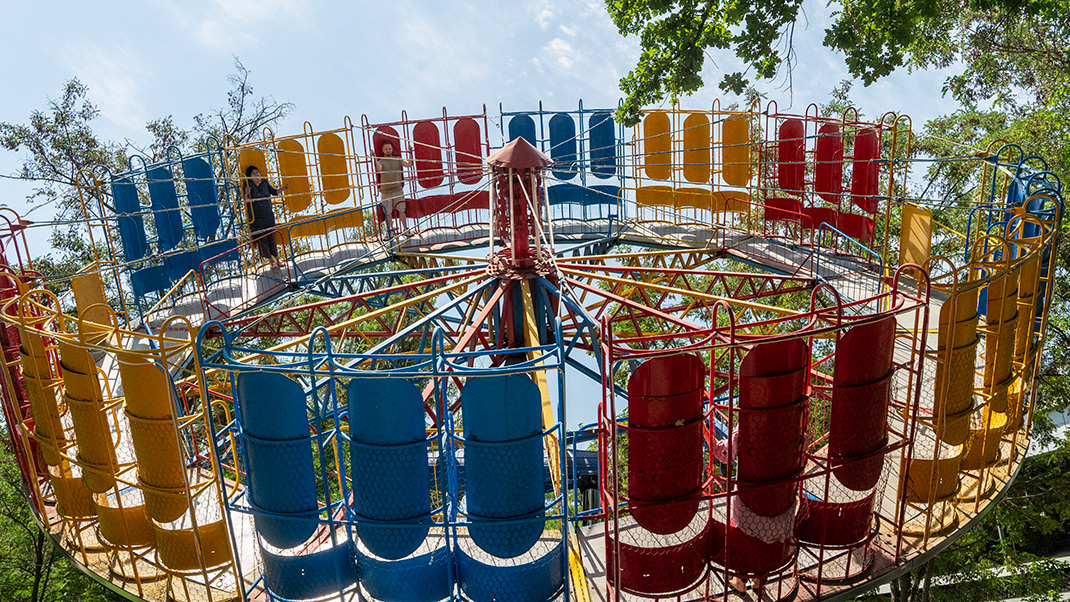
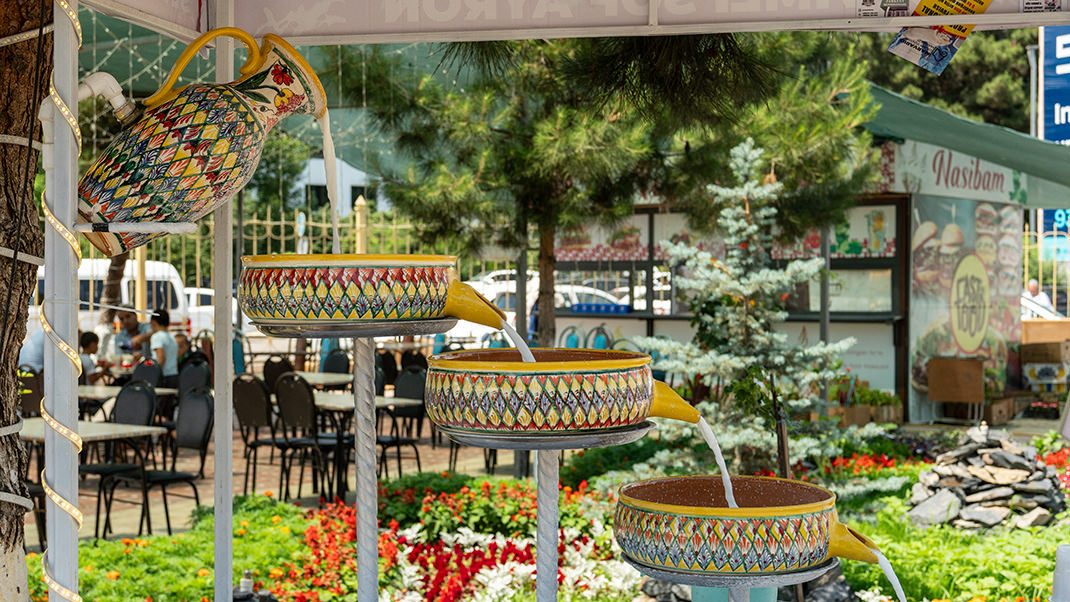
The park also features several eateries serving local cuisine. I particularly remember being offered two types of shurpa. One was the classic soup with meat and vegetables, while the other resembled stew, served from sealed liter jars kept warm on a heated platform. Lunch and dinner for two cost us about 200,000 Uzbek soums.
We had plenty of time before our flight, so after a morning walk in the park, we decided to return in the evening. At sunset, the festival installations are illuminated with bright lights, creating a unique atmosphere.

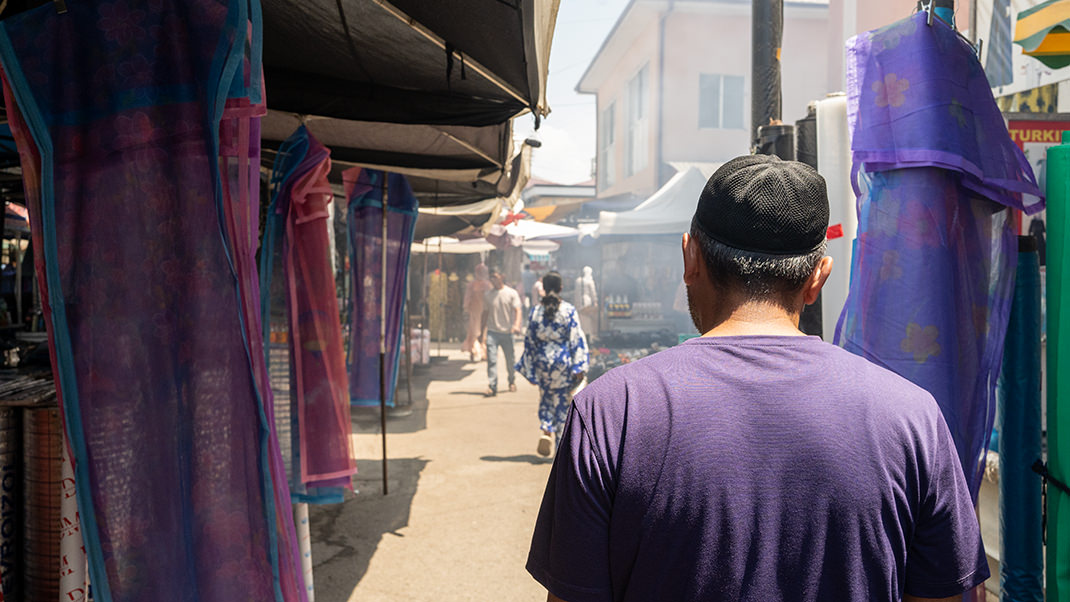
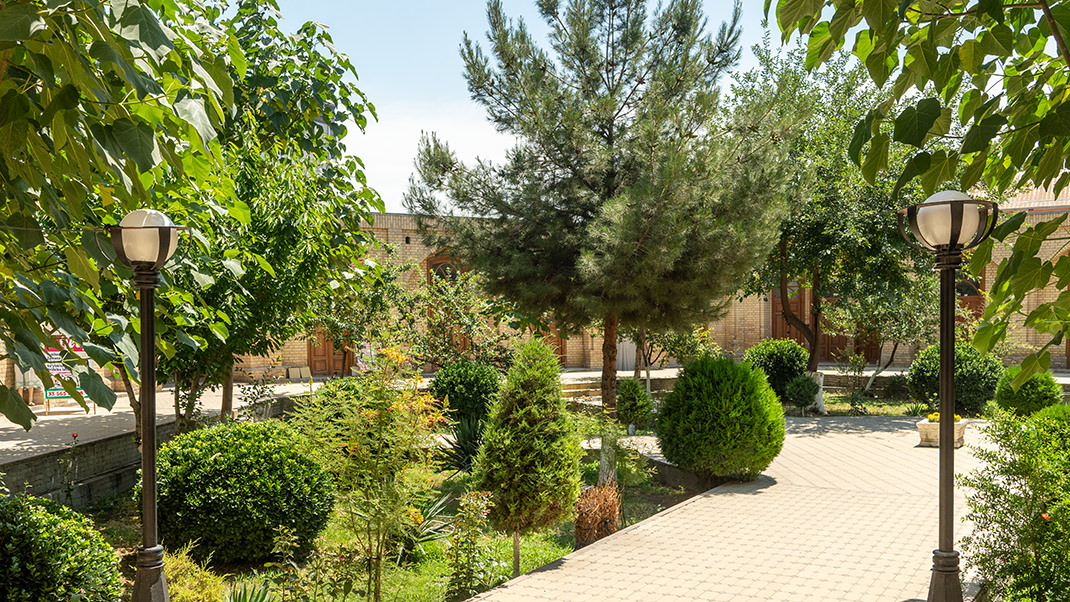
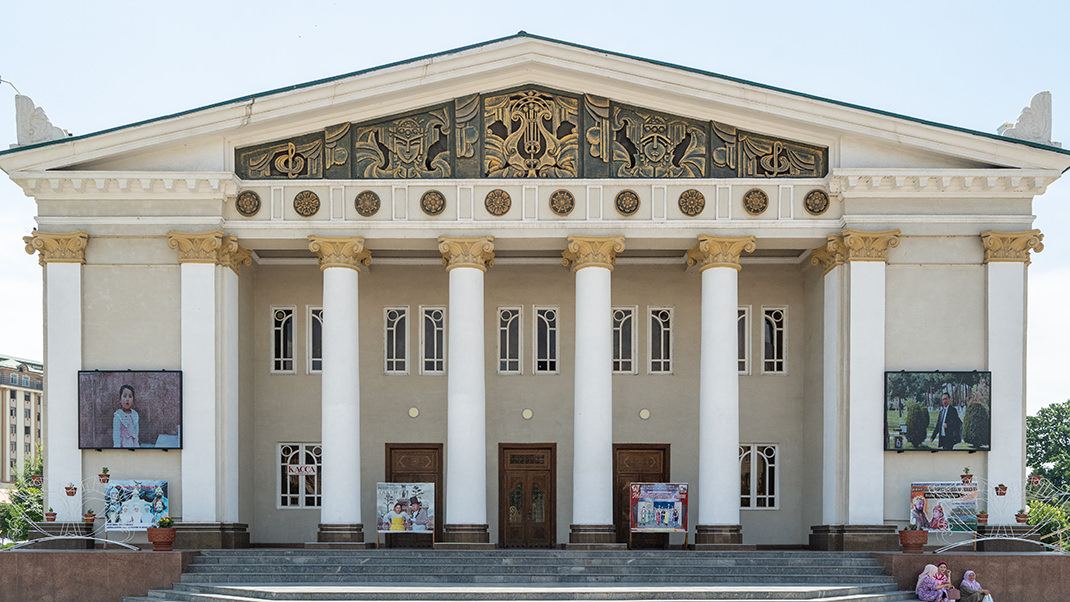
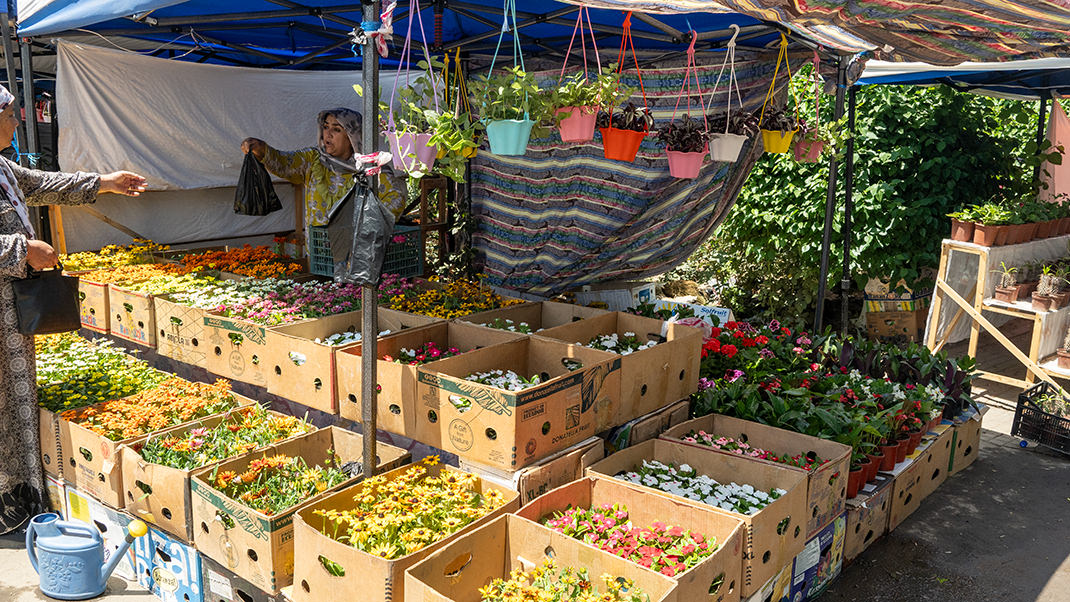
Regarding the city itself, I didn’t have much time to explore, but I managed to form a general impression. The city center is well-maintained, and the locals are even kinder and more hospitable than in Tashkent. Many residents greet tourists with the phrase, “Welcome, dear guests!” Some even ask to take photos with visitors. A memorable moment for me happened at the local bazaar: a vendor refused to take money for batteries for my camera, saying I was a guest in the city. Such small gestures leave a big impact.
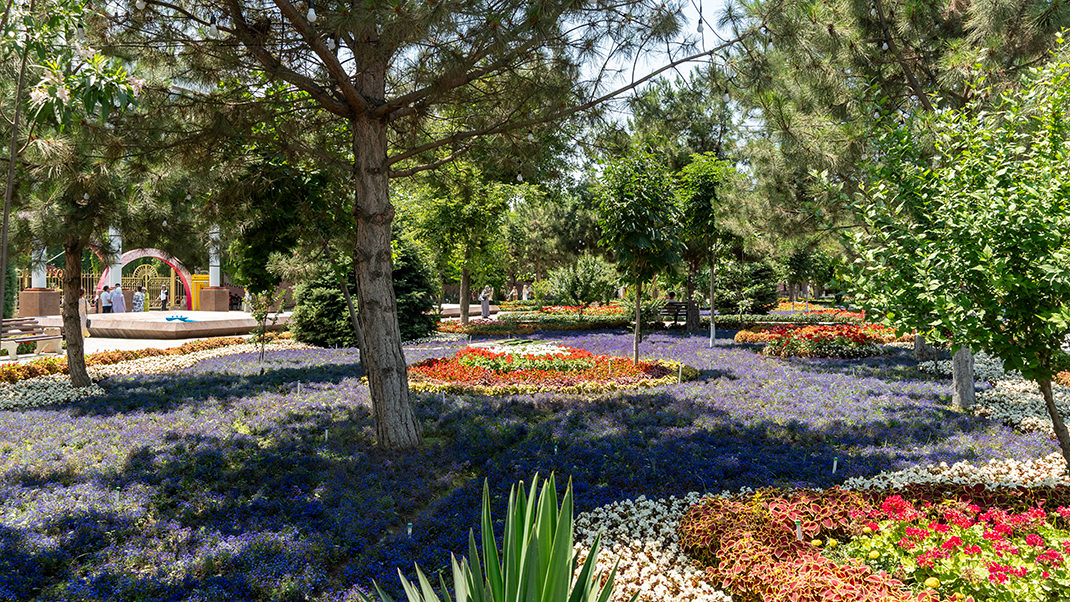
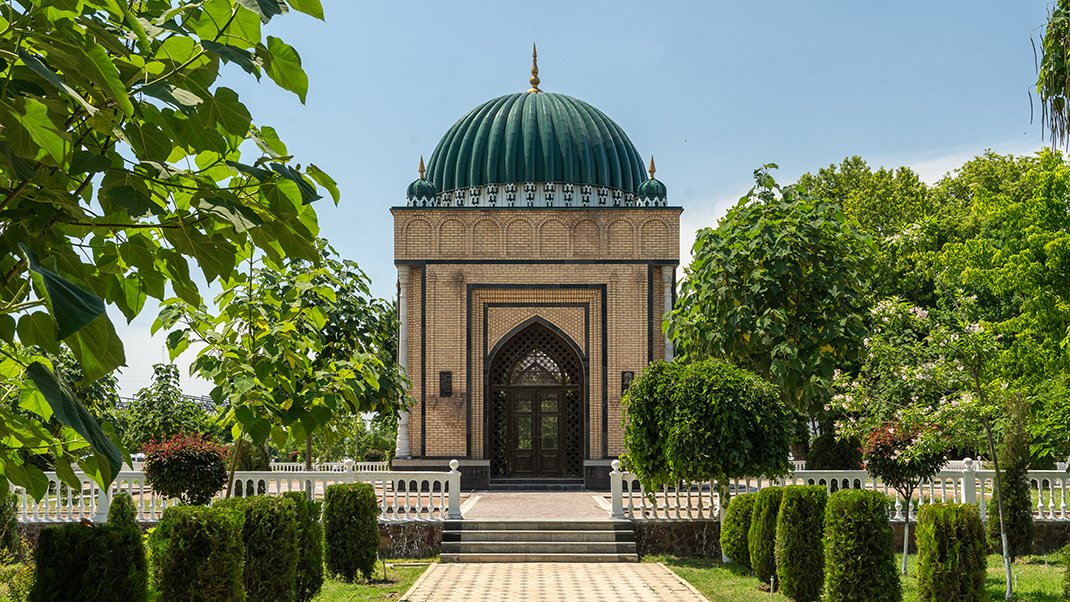
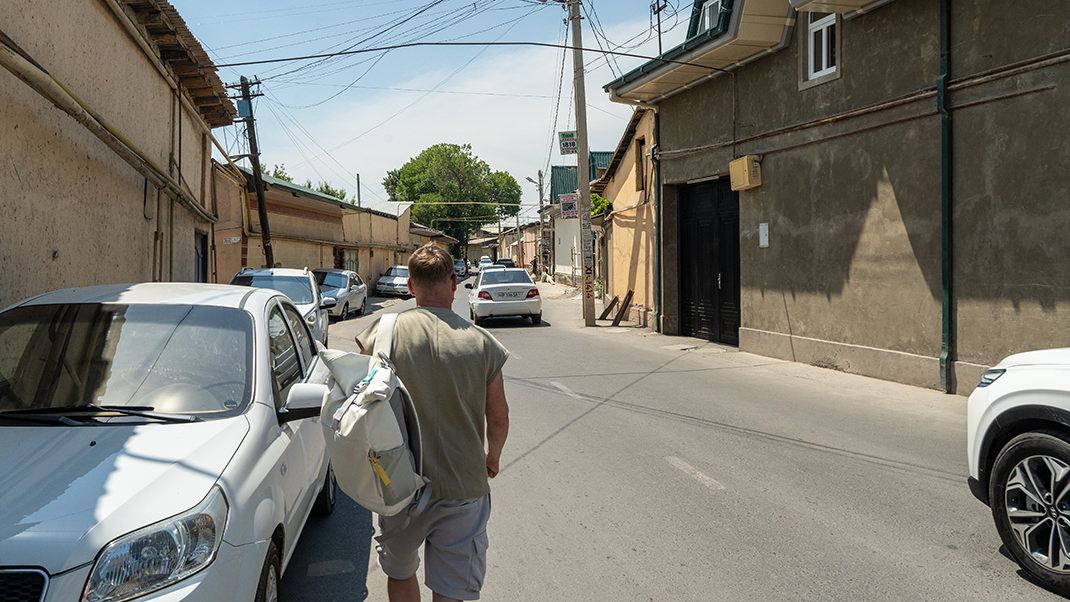
Overall, I can confidently say that my trip to Namangan was an exciting adventure. Travelers visiting Uzbekistan in early June should consider adding this colorful city to their itinerary.
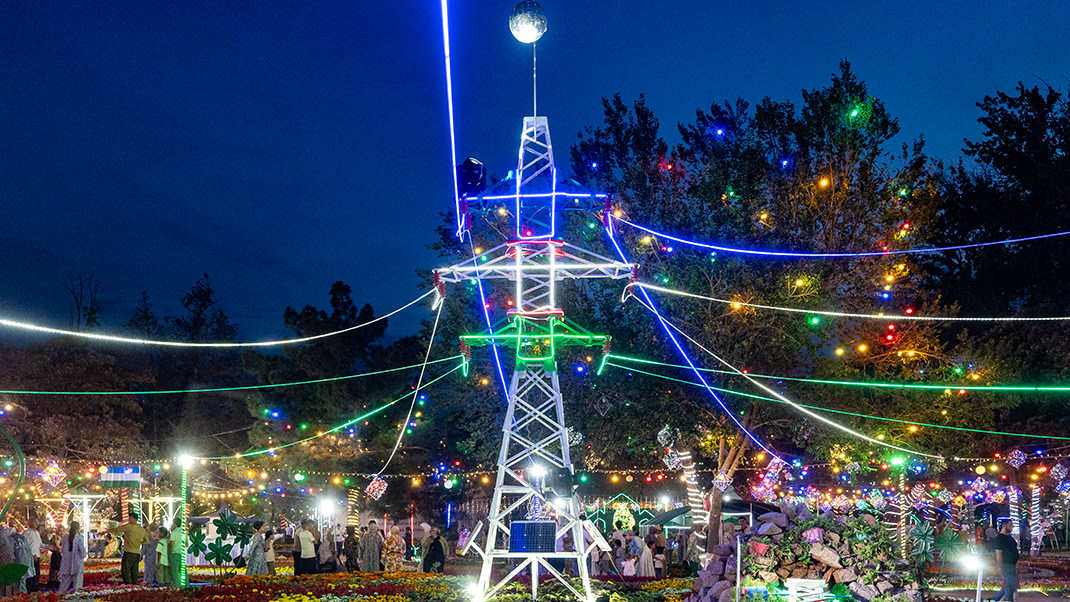
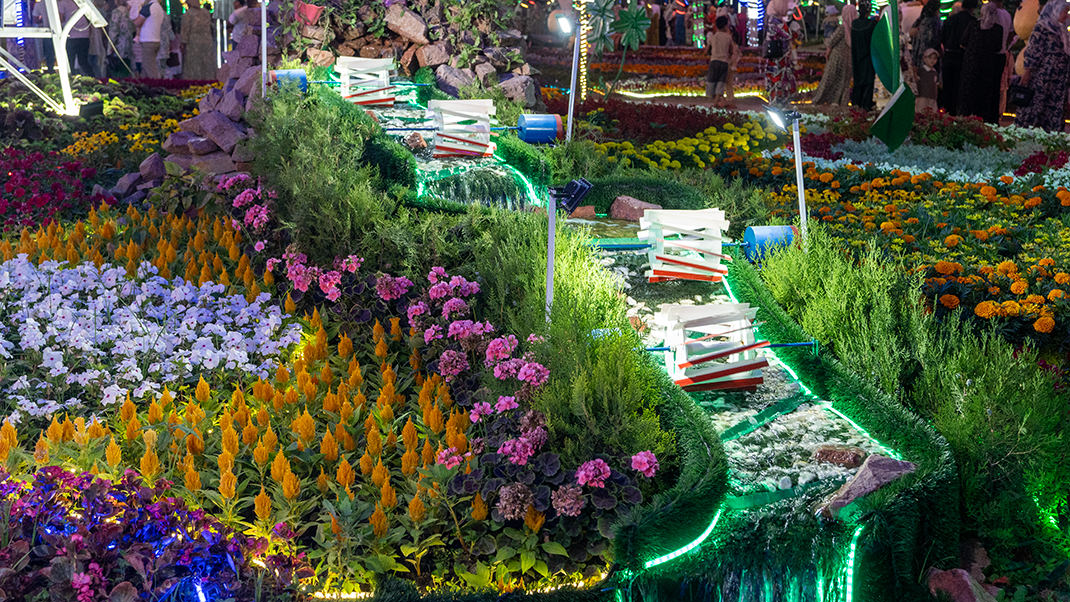
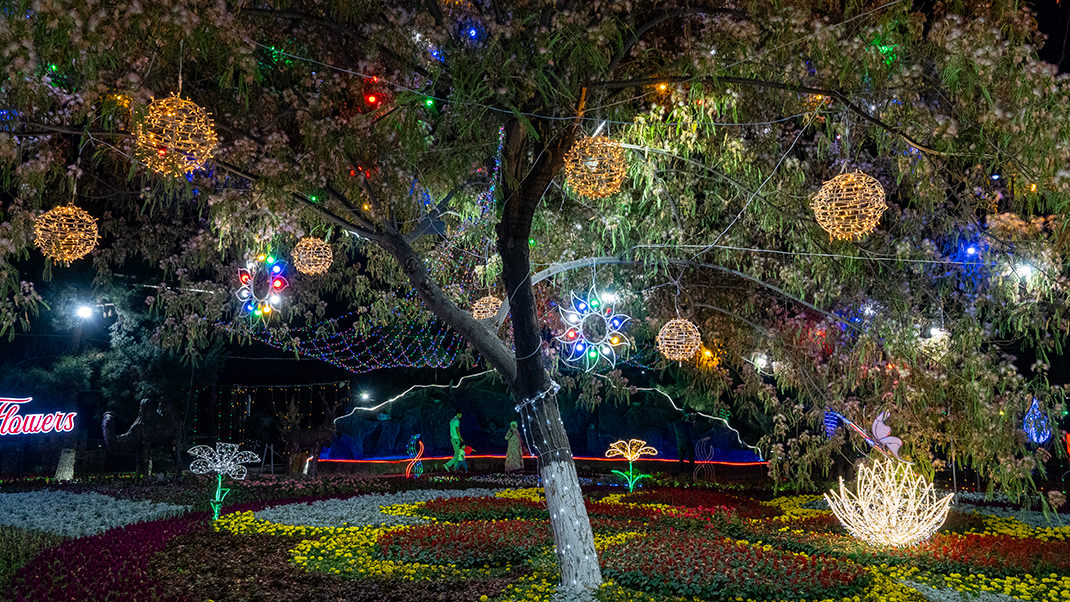
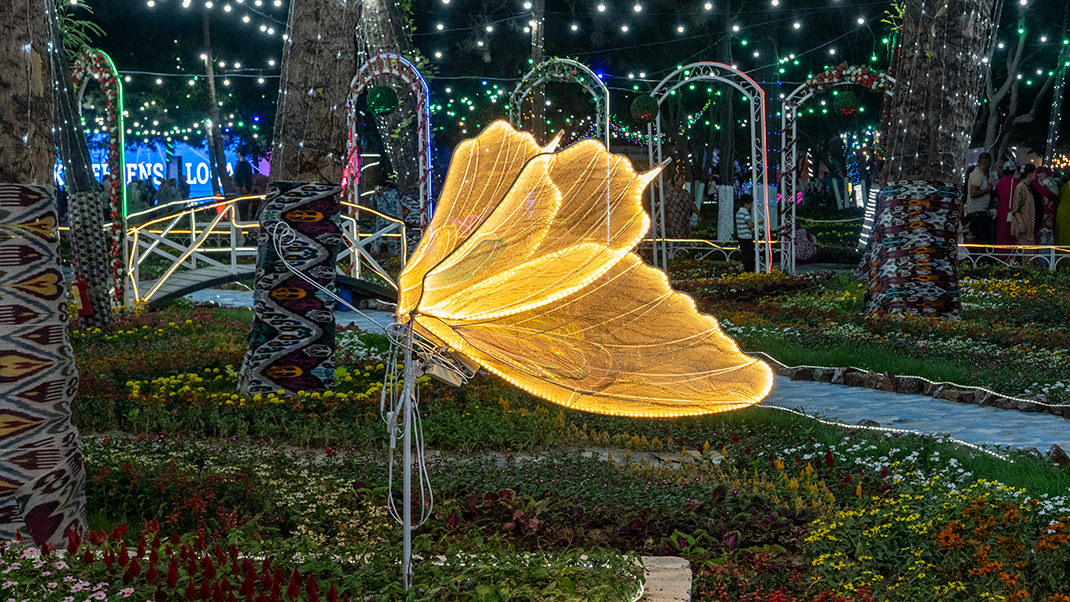
The next article about Namangan will focus on the “Valley of Legends” park, located in the western part of the city.
Have a nice trip!
Estimated Budget for a Day Trip to Namangan from Tashkent (for two people):
- Round-trip flight Tashkent–Namangan: 516,000 soums;
- Three taxi rides: 56,600 soums;
- Lunch and dinner at a local café: 200,000 soums;
- Rides in the “Valley of Legends” park: 236,000 soums.
- Total: 1,008,600 soums (June 2024).


